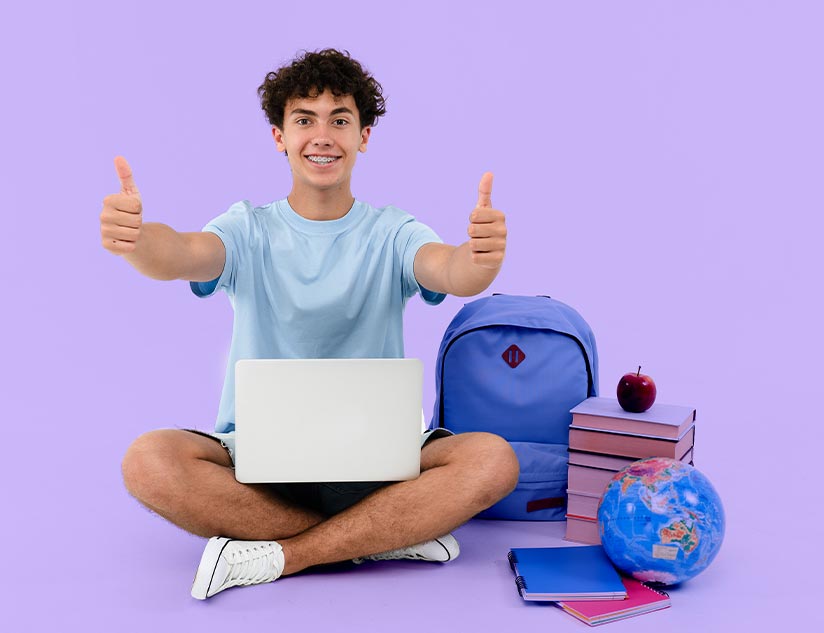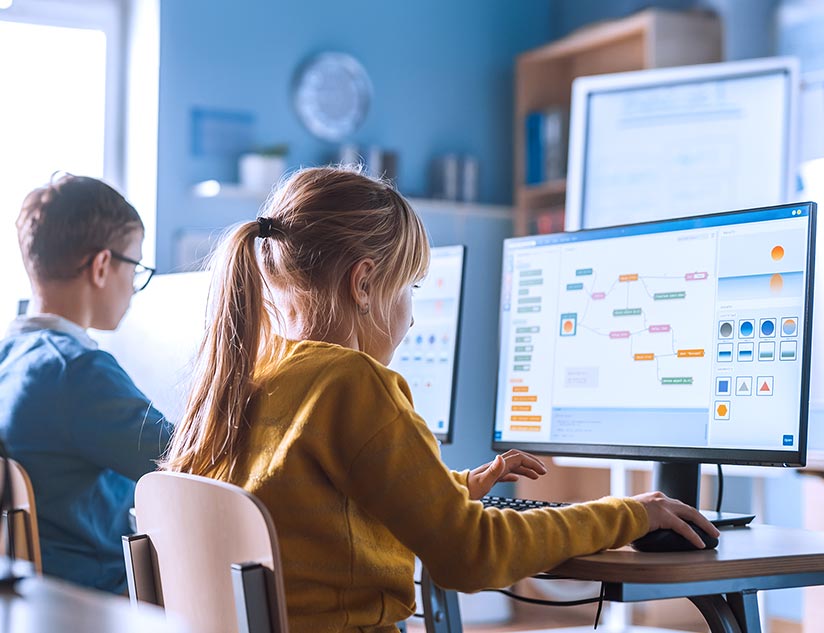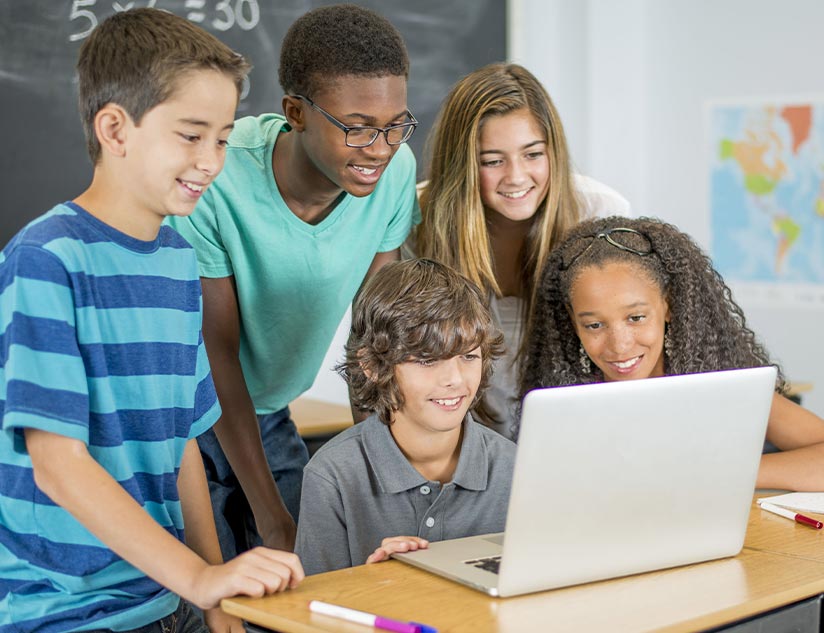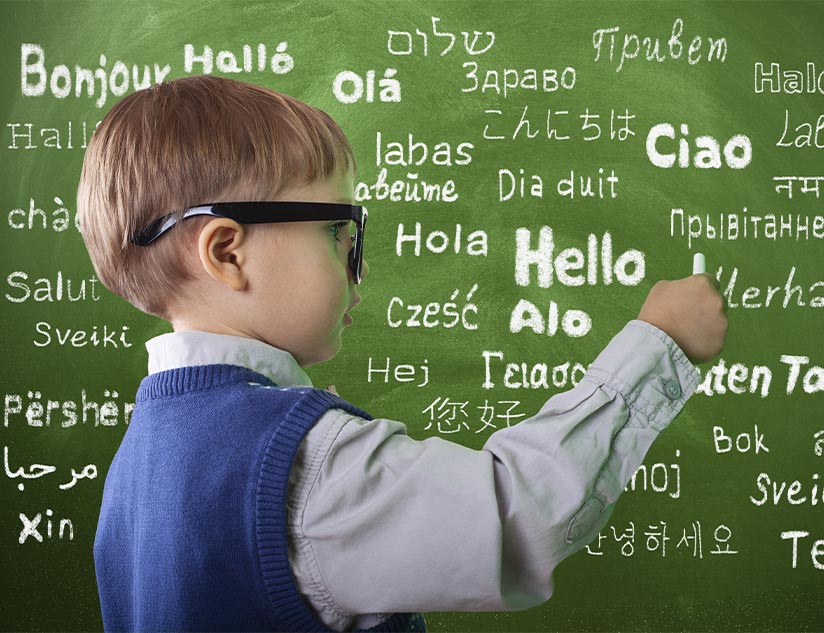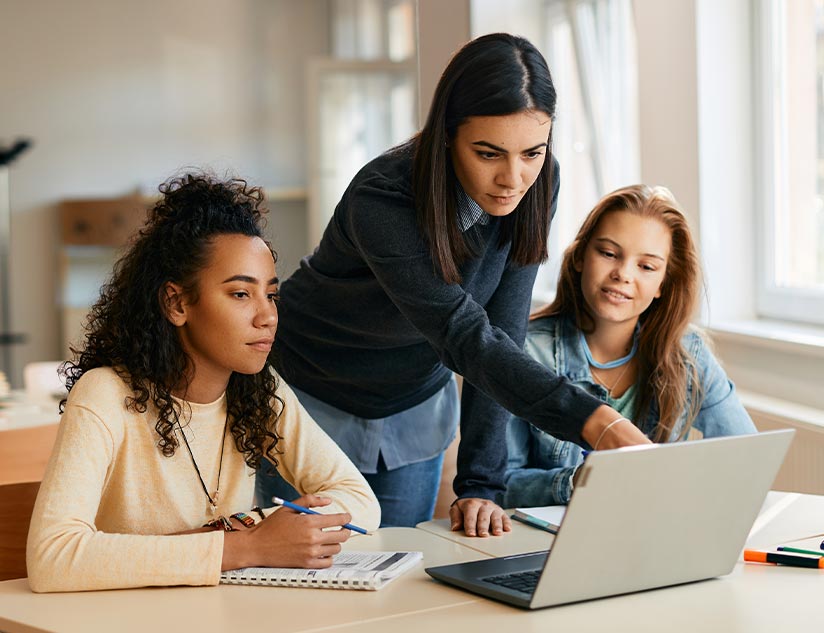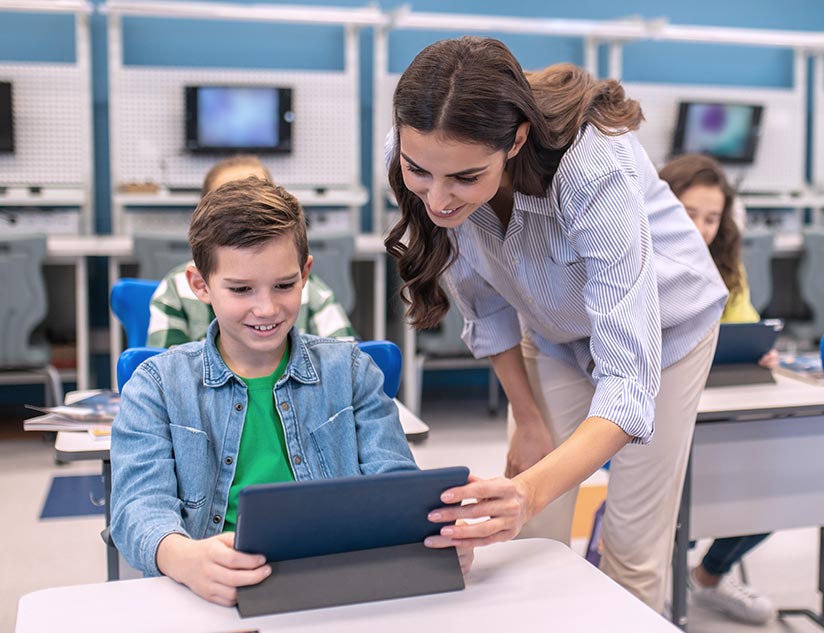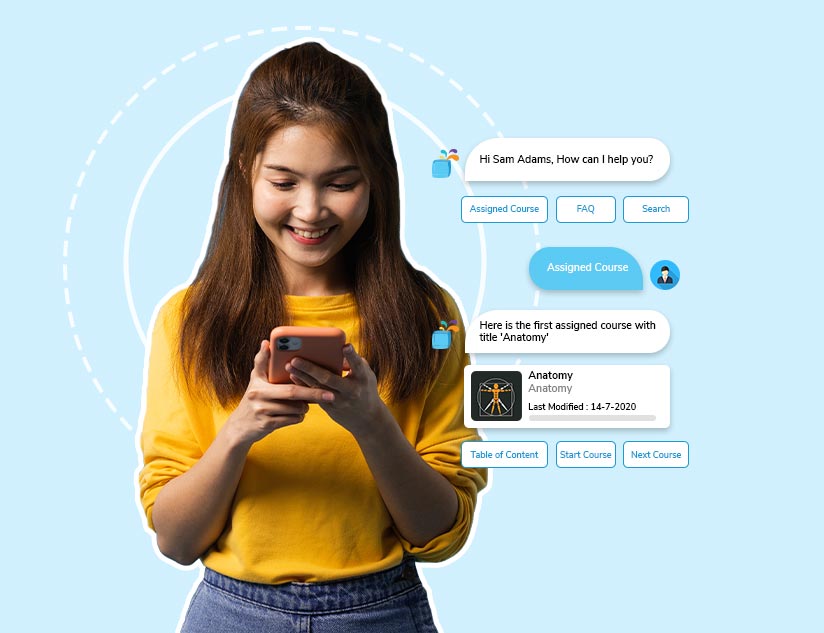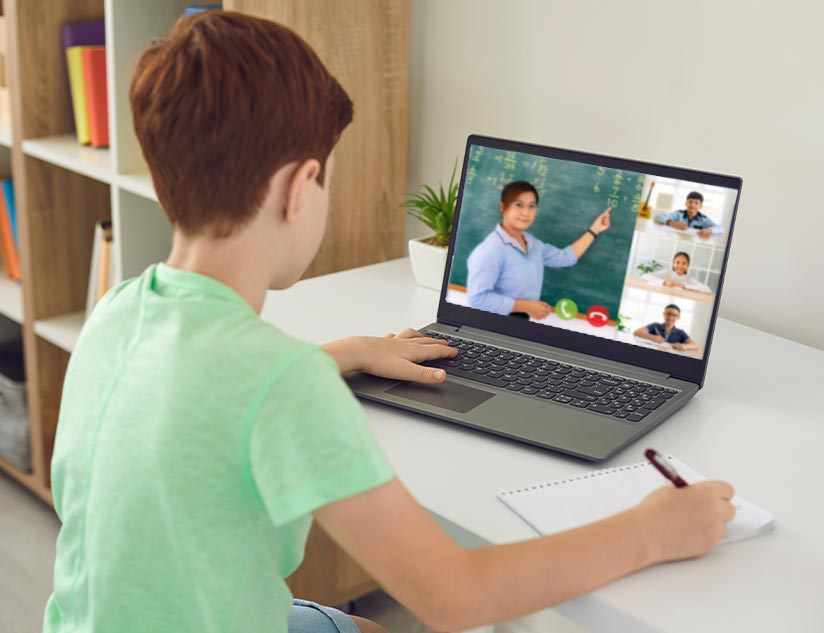How to Ease Independent Learning Experience During COVID-19
April 22nd, 2020
An interesting experiment was conducted recently in a village in Ethiopia. In an effort to provide education to children in far flung places without teachers, the One Laptop Per Child organization dropped some tablets and solar chargers in a remote village. The tablets were left in a box, completely closed, without any instructions.
There were many apprehensions about what the result of this experiment would be. Many thought the children would not even be able to open the boxes. Others thought that they might play with the tablets and break them. Well, these fears were well founded. The village was so isolated that the children there had never seen a written word in their life. Be it on a road sign, book or newspaper. Tablets were almost something from another planet!
But to the surprise of many, within 4 minutes, not only had a child opened the box but found the power button and switched on the tablet. After 5 months, the children were actively using 47 apps a day, on average. All of this without having any experience of technology or the English language. The children had also learned how to sing the ABC song in just 2 weeks, without any teacher.
This experiment shows how effective independent learning can be when supplemented with the right tools and technology. It also emerges as an effective measure for providing learning for more than 30 million American students who are forced to stay at home during times of a global pandemic like COVID-19.
What is Independent Learning?
Independent learning is when students are able to take charge of their own learning and make informed choices about it. The other main components of independent learning are motivation and the confidence to take decisions for one’s own academic excellence and following through. But independent learning does not mean you have to learn alone. Independent learning also puts great emphasis on collaborative learning.
The obvious benefit of independent learning during the COVID-19 pandemic is that students can continue on their educational paths from the comfort of their home. But, there’s more to it. Research shows that the use of direct independent learning in educational programs leads to deeper understanding of subjects, enhancing skill levels and making students more responsible for their own development.
The use of independent learning has even been found to improve test scores. Thomas Telford School, UK, became the first school where 100% of the students received A to C grades in at least 5 of the GCSEs. The school later revealed that one of the major factors behind its success was the focus on independent learning. So, independent learning has quite a strong case even after the pandemic ends.
However, to help independent learning, educational institutions will need to offer students a robust digital learning platform that supports personalized learning, collaborative learning, video conferencing for support and effective assessments, including video assessments. Here are three basic features of the platform that can foster independent learning and strengthen academic performance.
How to Aid Independent Learning
1. Flexible Learning
This means that students get all the resources and information they need to study on their own, at the time and place of their choice. It also means that they can choose the content format that helps them understand concepts the best, such as explainer videos, audio, infographics, microlearning content and more. And, for times when the internet connection is patchy or missing, an offline eReader can be of great help.
2. Engaging Content
A vital part of independent learning is staying motivated to continue along the learning path. This can be difficult in the physical absence of peers and teachers. Endless pages of text don’t really foster motivation. However, when interactive, multimedia and gaming elements can be integrated in the learning content, the entire experience becomes much more engaging. The use of interactive and gaming elements in learning has been found to engage students on a cognitive, behavioral and emotional level.
3. Accessible Learning
Independent learning cannot succeed unless it is accessible for all. This means that the digital learning platform needs to offer a wide range of features, including text to speech, captions and subtitles, keyboard access and more to ensure that students with different disabilities can benefit from the educational resources. In fact, interactive and gaming elements have been found to be greatly beneficial for students with dyslexia and ADHD. EdTech has come to the rescue of students as well as teachers in the educational sector during the current coronavirus crisis.
If you too are looking for ways to provide seamless independent learning opportunities for your students, get in touch with us today!


